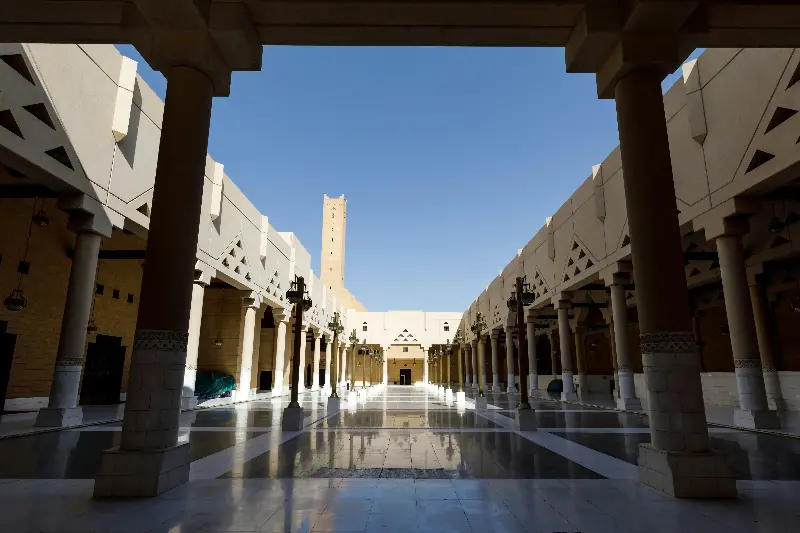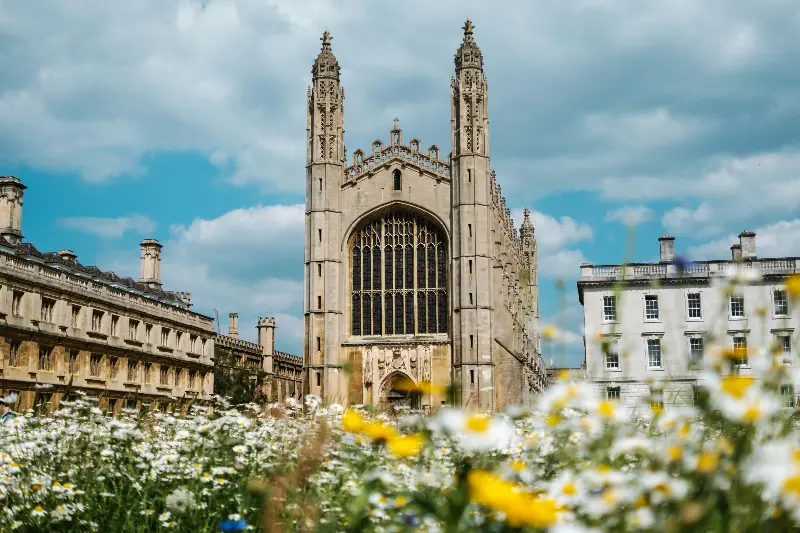
Nestled in bustling cities or perched in tranquil old towns, the world’s oldest universities are not just academic havens—they’re time capsules brimming with stories, traditions, and trailblazing alumni. For centuries, these campuses have been alive with the rustle of pages, bold debates, and the echo of footsteps belonging to those who dared to seek the unknown. Let’s wander through ancient corridors to discover the living legacy of these iconic institutions.
Enduring Giants: Where Time Stands Still

The University of al-Qarawiyyin in Fez, Morocco, holds the distinction of being the world’s oldest continually operating university, founded in 859 CE. Imagine lectures humming through rooms built over a millennium ago, where each stone seems to whisper lessons handed down through ages. Not far behind, the University of Bologna in Italy, dating to 1088, established the very concept of ‘university’ as we understand it today—coining the word universitas and sparking academic revolutions across Europe.
Each of these universities serves as a testament to humanity’s ceaseless hunger for knowledge. These are places where:
- Manuscripts older than some nations are handled daily by students and researchers.
- Gilded halls have welcomed everyone from theologians and philosophers to mathematicians and resistance fighters across different eras.
A Tapestry of Traditions and Unlikely Innovations
Wander through the cloisters of Oxford (established c. 1096) or Cambridge (1209), and you’ll quickly realise these are not static relics but vibrant hubs where centuries-old rituals mingle with modern ingenuity.
Consider these traditions and quirks:
- Oxford’s eccentricity shines through customs like the annual “Beating of the Bounds,” a mix of local folklore and community spirit.
- Cambridge, meanwhile, enacts the May Bumps—a rowing contest on the River Cam dating back to 1827—keeping adrenaline and camaraderie alive for generations.
- The Sorbonne, Paris’s intellectual nucleus since the 13th century, has witnessed everything from royal proclamations to student protests igniting sweeping social change.
These traditions aren’t mere curiosities—they’re the connective tissue linking today’s students with trailblazers from eras past, fuelling a shared sense of purpose and bravery.
Learning for Life: From Libraries to Leaders

The libraries of these ancient universities—some stacked with books bound in human skin or locked in chained shelves—aren’t just repositories of facts, but gateways to centuries of wisdom and curiosity. Students tread the same paths walked by:
- Ibn Khaldun, father of sociology (al-Qarawiyyin)
- Dante Alighieri, the poet who reimagined the afterlife (Bologna)
- Sir Isaac Newton, who decoded the universe’s most fundamental laws (Cambridge)
Not only have these universities weathered wars, plagues, and revolution, but their communities have been catalysts for progress:
- Pioneering the idea of the graduate hood (a fashion statement with roots in medieval necessity).
- Innovating curricula long before academic specialisation became the norm.
- Fostering open debate, critical thought, and social courage—values still burning bright in lecture halls and student societies today.
Unfinished Stories and Unquenched Curiosity
What makes these archaic institutions continually relevant? It’s not just their architecture or alumni, but their willingness to evolve while holding a mirror to humanity’s best aspirations and toughest questions. The echoes of debate, the thrill of eureka moments in ancient labs, and the friendships forged beneath stained-glass windows remind us that learning is a living, breathing dialogue across centuries.
As you walk your own educational journey—whether on digital platforms or storied stone steps—what questions might you carry forward from these halls of ageless wisdom? The legacy of the world’s oldest universities challenges us all: to keep seeking, keep questioning, and keep building curious, courageous communities for the centuries yet to come.
